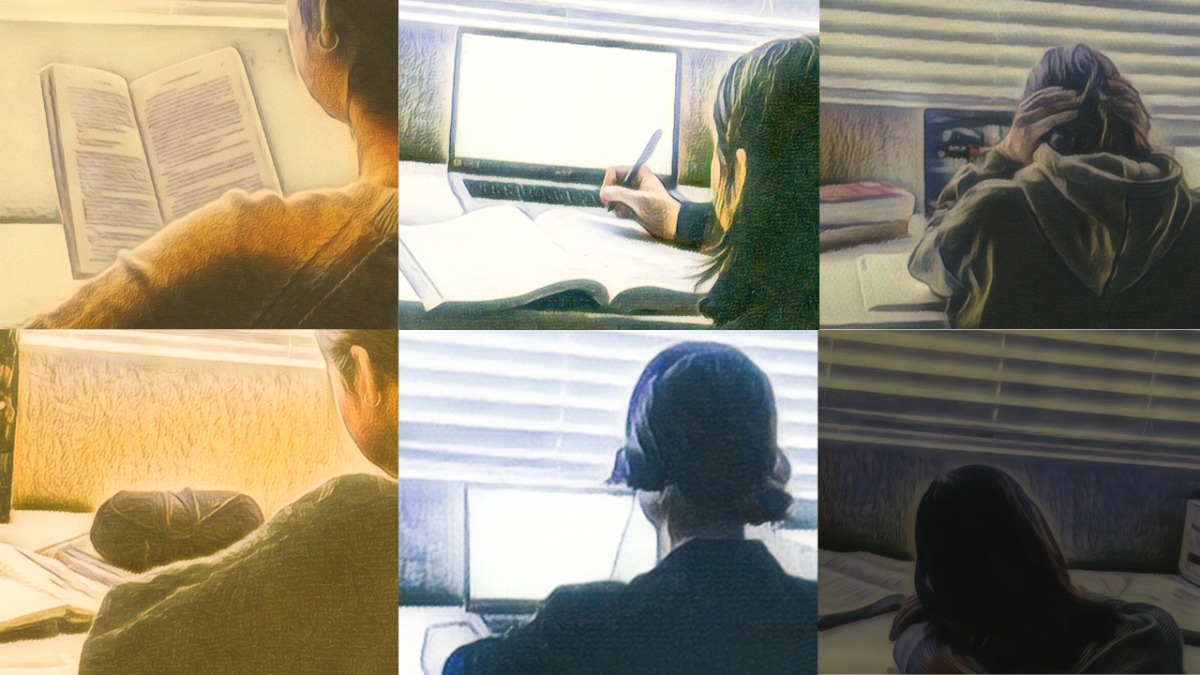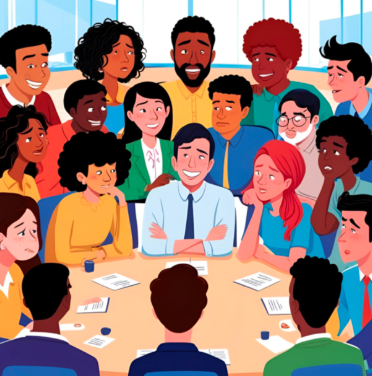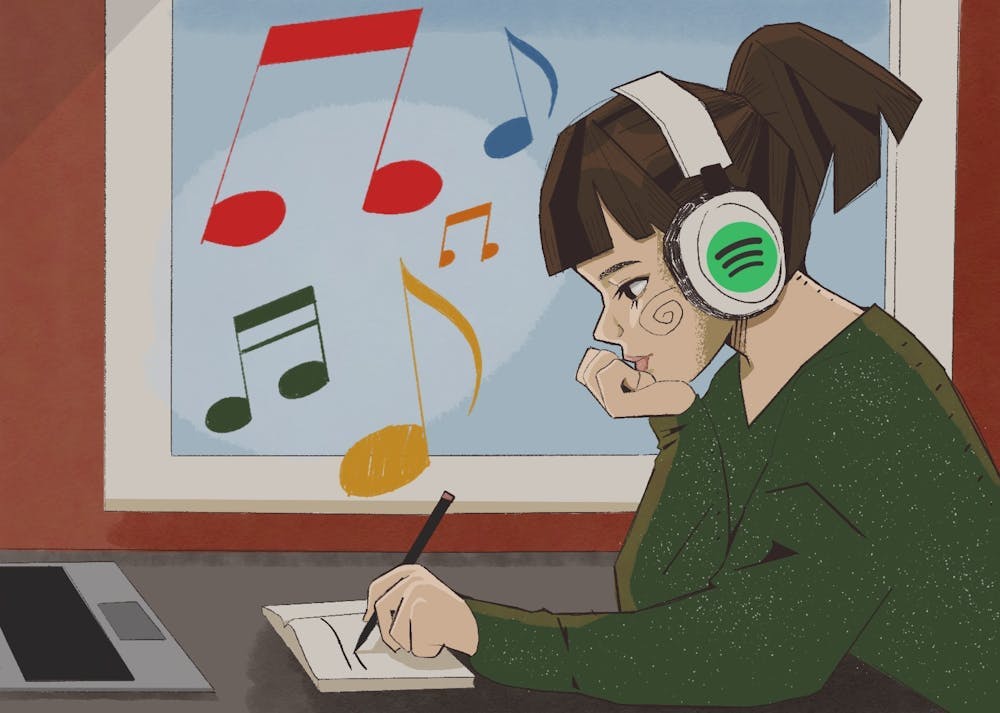Within the few seconds of meeting someone new, we form judgments about their personality, intelligence, as well as their appearance. These quick judgments influence us more than we think. They can affect our relationships, certain opportunities, and even our own self-confidence. The psychology behind first impressions is an important aspect of human nature. It reveals how quickly the mind interprets and responds to new people and the crucial approach to new environments.
Specific psychology research claims that first impressions are formed almost in an instant. Princeton psychologists Janine Willis and Alexander Todorov assembled a study and found that it only takes a tenth of a second to form an opinion about someone’s trustworthiness. This rapid evaluation is caused by a survival mechanism rooted within us, that is the brain’s urge to make quick decisions. Cognitive biases also play an important role in the way we first perceive those around us, for example, the halo effect, constructed by Edward Thorndike, leads one to assume that if someone has a positive trait, such as humor, they might also have other appealing qualities, like intelligence or kindness. On the contrary, the horn effect causes negative traits to conceal the positive ones, making it difficult to change a poor first impression.
An individual’s appearance also has a significant influence on first impressions. Before a person even speaks, the way they dress, position, and display facial expressions all communicate different messages. People in formal clothing are often seen as more dependable and authoritative compared to those dressed in less formal, casual clothing. Additionally, nonverbal cues like eye contact and body language shape how we perceive the people surrounding us. Confident posture, along with a firm handshake, can indicate confidence, while a lack of eye contact can come across as insecurity as well as dishonesty.
Moreover, first impressions also play a major role in school and social settings. In the classroom, students form quick opinions about their teachers and classmates, which can influence the way he or she might engage and participate. Student Chelsey Natividad (11) explains, “On the first day of school, I decide whether a teacher is approachable or not based on their tone and body language. It really has a strong effect on whether I feel comfortable participating or even asking questions.” Similarly, friendships and relationships with peers are often formed by first encounters. A negative first impression can often cause barriers, while a positive first impression can open doors to strong connections.
While first impressions are strong, they are not always permanent. People can revise their opinions over time as they gather more information; however, changing a negative first impression requires much more consistent effort. Psychologists suggest that repeated positive interactions and self-awareness in any social situation can help change initial biases. Ryan Sullivan (12), reflects, “When I first met my classmate, I judged him too quickly based on how quiet he was. Over time, I realized he was just shy, not rude. He is now my best friend and it made me rethink how I approach people.”
First impressions are an unavoidable and instinctive part of human interactions. While they can lead to accurate assessments, they are also influenced by biases and social surroundings. Fully understanding the psychology behind first impressions allows individuals to be more mindful of their judgments and interactions in any setting.


































Mylie Brown • Feb 20, 2025 at 7:29 AM
This was great, Emily! First impressions are so important